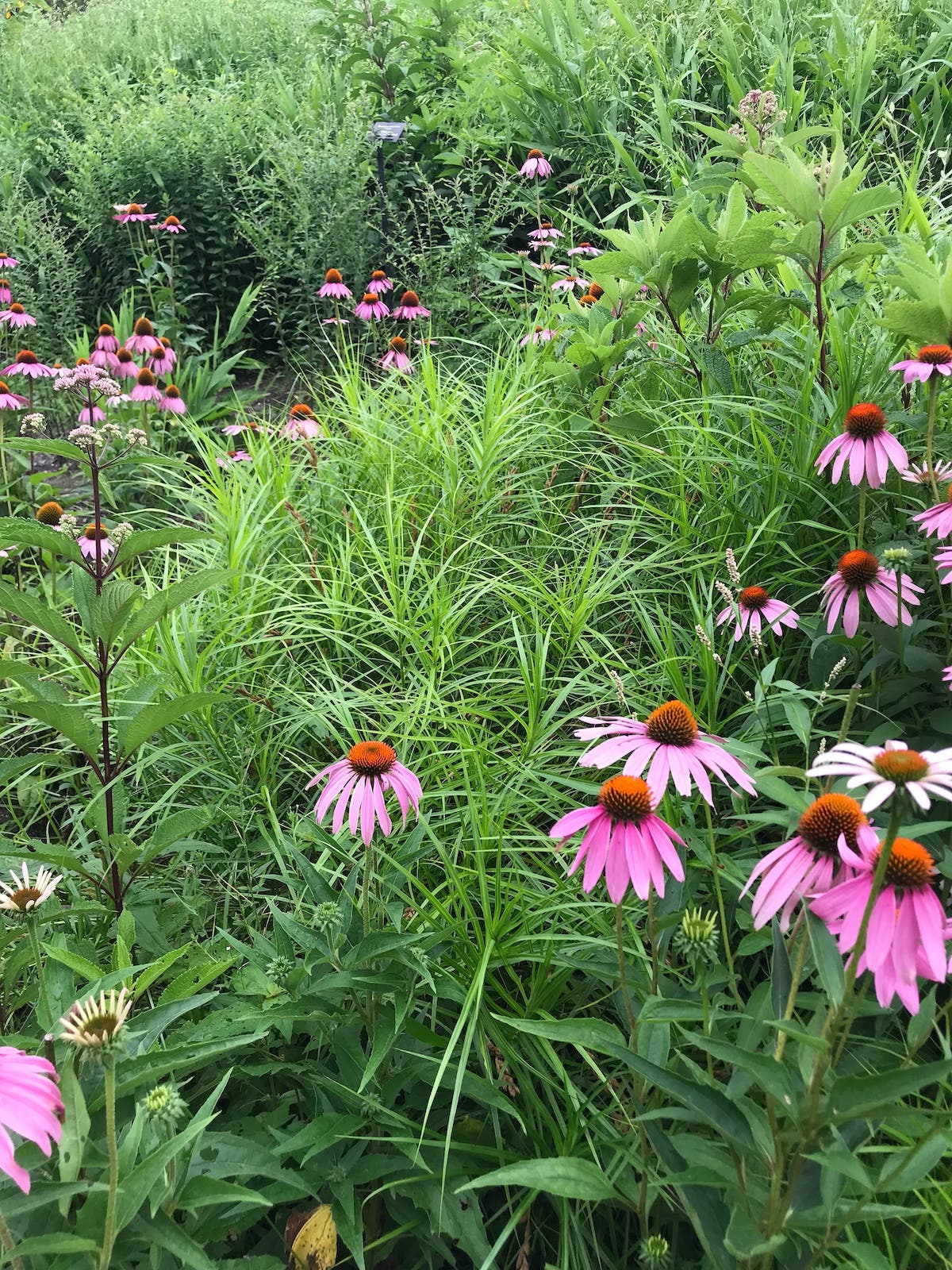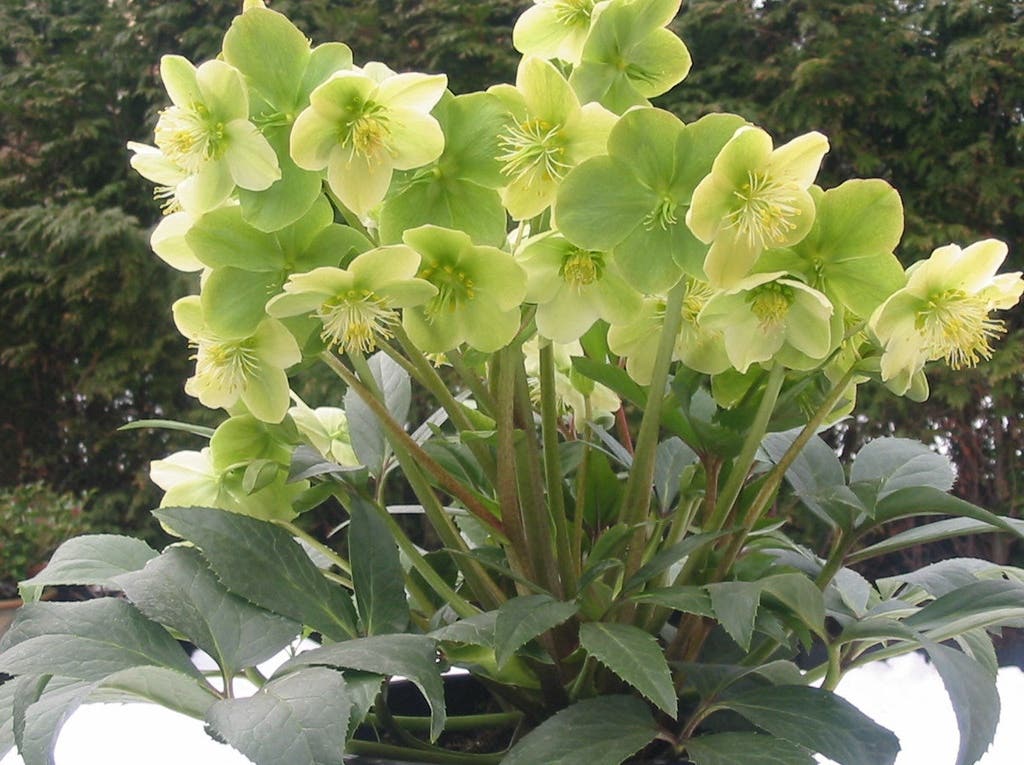The Victory Garden Revival: Getting Started in Your Own Backyard
The notion of reviving the old Victory Garden concept has been gaining traction online and in the mainstream media. Here’s why it’s a good idea, and how to get started in your own backyard.
Over the last few years, the notion of reviving the old Victory Garden concept has gained traction online and in the mainstream media. Cultivating one’s own food as our grandparents once did—and thereby ensuring its safety, quality and availability for our families—is both nostalgic and practical in an age where food security and safety issues are top-of-mind.
Prominent authors and activists such as Michael Pollan, Barbara Kingsolver and Alice Waters have helped fuel interest in the revival. They’ve argued that homegrown food is both more delicious and, well, “green.” Likewise, the EatTheView.org initiative to put a vegetable garden back on the White House lawn has inspired many folks.
And then there’s the economy…and a deep hunger for less expensive food. Nightline recently ran a well-received story about the resurgence of backyard gardening in these tough financial times.
Ultimately, just like WWI and WWII-era efforts, the current revival’s success will hinge not upon high-profile endorsements or government programs but upon the muscle and moxie of ordinary home gardeners like you and I.
The potential for more involvement in every American community is tremendous.
Will you do your part? Will you join the revival?
It’s really quite easy, you know.
The first days of the growing season are upon us in many parts of the country. Whether you opt to simply rename your existing garden or start a new one, know that the act of growing food for yourself is one of self-sufficiency and environmental stewardship. In giving your current garden the “Victory Garden” badge, you connect your own efforts with the nation’s horticultural history in a compelling way.
Not only do we need you to plant your veggies this spring, but we also need you to nurture and encourage other gardeners to join you. And that’s a surprisingly easy undertaking in this, the Information Age.
For me, this revival is “Victory Garden 3.0”. I use that term because it references the two earlier movements in American history while giving a nod to one of the distinguishing features of the current movement, the dynamic role technology is playing in its spread. And you can use your own computer to seed the concept with your friends and neighbors.
Some Victory Garden 3.0 ideas:
- Blog about your own gardening efforts.
- Forward links to articles and blogs related to Victory Gardening to your family and friends.
- Email your local newspaper editor and suggest they write about your garden and tie it to the larger nascent revival.
- Join online groups such as Horticulture’s Co-Horts Forum that are dedicated to your particular region and chat up the concept.
- If you’re using Twitter, join the Twitter for Victory Gardens group and use the #twitter4vg hashtag for relevant tweets. Also, participate in “#twitter4vg Tuesdays,” when the Victory Garden chat is amplified considerably.
Want to go a bit further and really get your hands dirty?
Start a community garden in your neighborhood. School and workplace gardens cultivate community and enable in-person connections. In fact, during earlier Victory Garden efforts, schools and businesses of all sizes were essential to the education of home gardeners. Today it’s no surprise that faith groups are turning to gardening not only for the grassroots fellowship but also as a means to providing food for less-fortunate souls.
Whether or not the Victory Garden resurgence creates a lasting impact on our individual wallets and our collective sense of self-sufficiency remains to be seen. Without your help, though, the odds of success drop considerably.
In short, America needs you…right now…gardening for victory.
Join us.
Pamela Price promotes the Victory Garden revival on her blog, Red, White & Grew.







